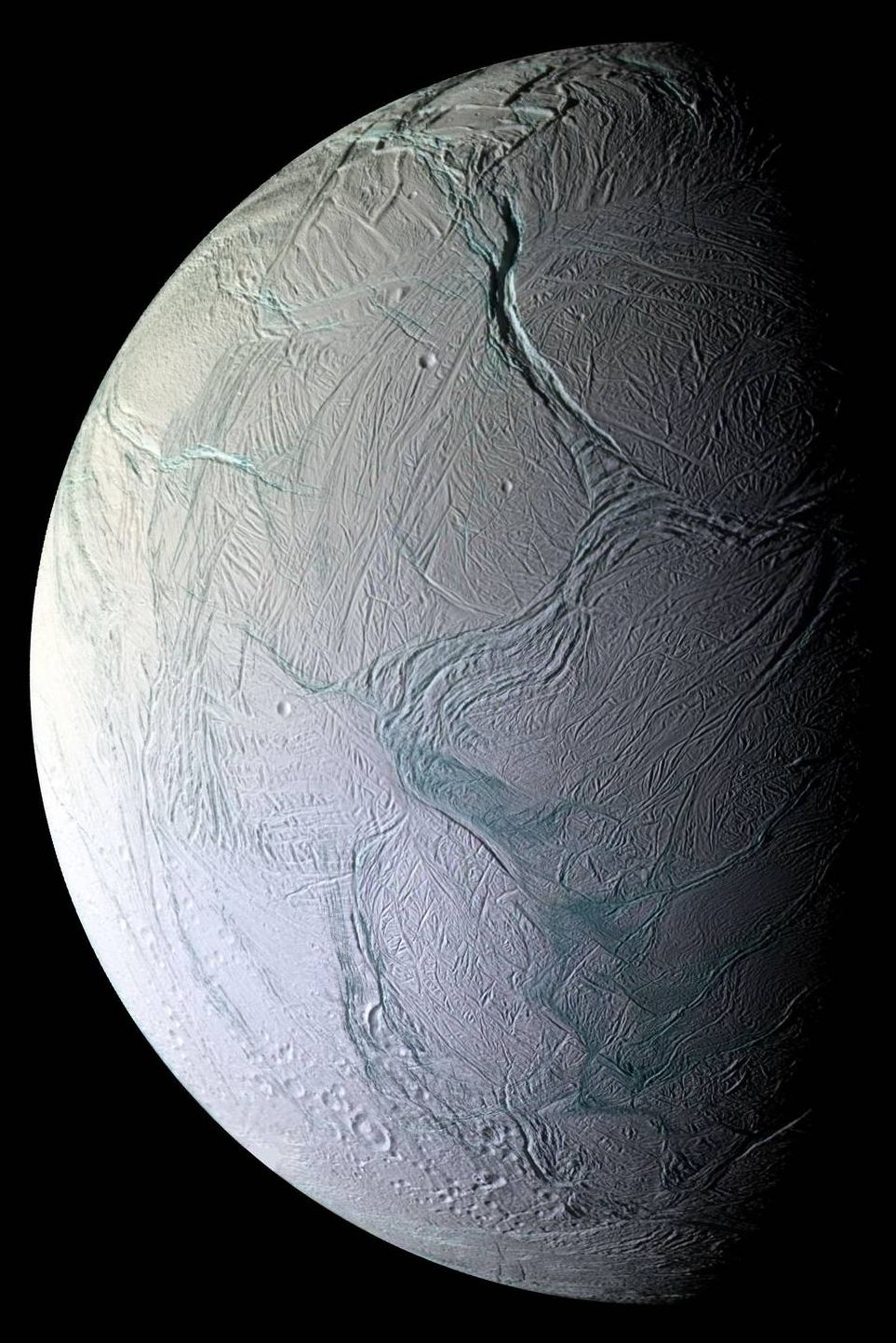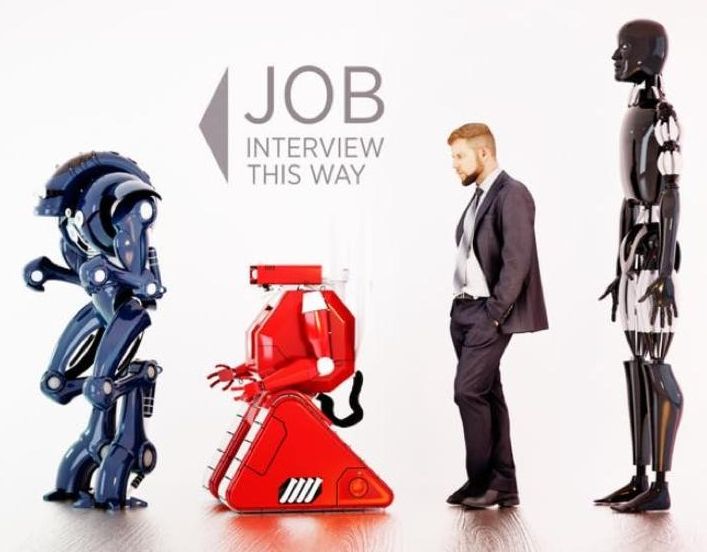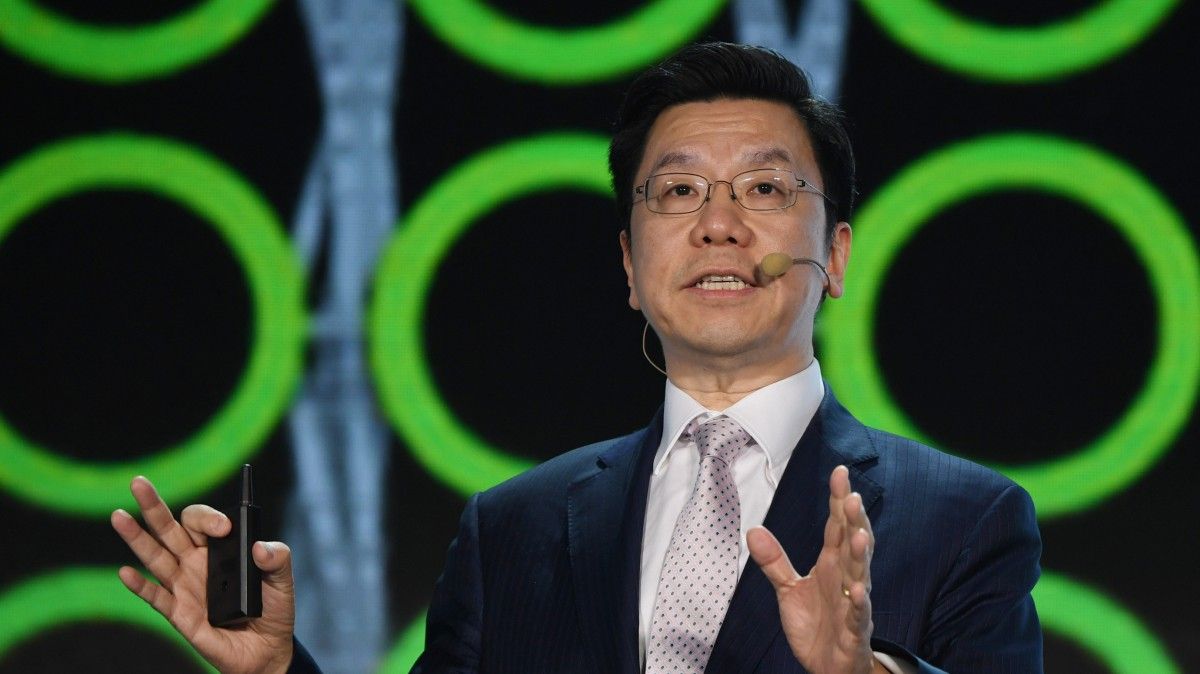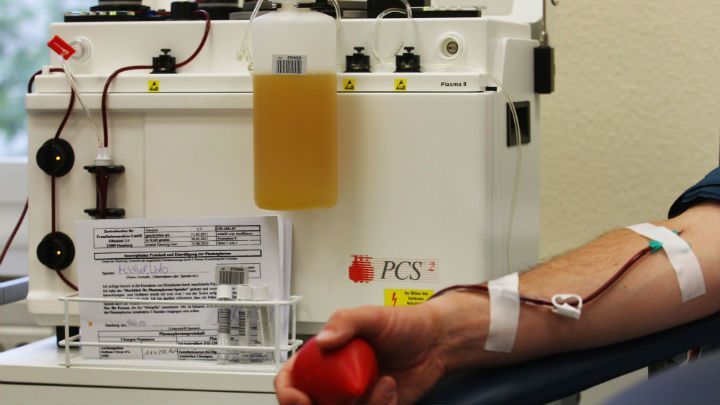Tech folks are a little antsy about the whole death thing. They’re putting money behind DNA ‘hacking,’ organ printing and tiny robots that might kill what ails you.
Get the latest international news and world events from around the world.



Researchers develop wallpaper bio-solar panel
A two-in-one solar bio-battery and solar panel has been created by researchers who printed living cyanobacteria and circuitry onto paper.
Cyanobacteria are photosynthetic micro-organisms that have been on Earth for billions of years. They are thought to be the primary reason why the Earth’s atmosphere is oxygen rich.
Now, a team has demonstrated that cyanobacteria could be used as an ink and printed from an inkjet printer in precise patterns onto electrically conductive carbon nanotubes, which were also inkjet-printed onto the piece of paper. The team showed that the cyanobacteria survived the printing process and were able to perform photosynthesis so that small amounts of electrical energy could be harvested over a period of 100 hours.

Humanoid robot market to double by 2023, industrial robotics to hit $72B
“The humanoid robot market will grow from $320.3 million this year to $3.9 billion in 2023,”
The consumer market is definitely there, but you have to deliver a robot that can do practical things. For people working on robots out there. Right Now, I would just sit and focus on a robot that can move around an average kitchen, and make the most basic of meals; show that it can be done, and be sold for a reasonable price, that would be Phase 1. Phase 2 would be rigging up the cooking robot to be able to at least clean an kitchen and a bathroom, eventually an entire house. Phase 3 would be rigging up the cooking/cleaning robot to be able to do basic landscaping tasks. At that point i believe every household in America would want one. Phase 4 would be rigging it with niche entertainment features, and rigging it with the human level AI that turns up around 2029.
Greater interest from manufacturing, medicine, and retail will drive robotics growth for the next five years.

How Many Robots Does It Take to Fill a Grocery Order?
It once took online grocer Ocado two hours to put together a box of 50 food items. Now machines can do it in five minutes.

Could Blood Plasma Be The Fountain Of Youth?
Dr. Aubrey de Grey is in the news again, this time he appears on CBS talking about the recent interest in blood plasma as a possible way to combat age-related diseases. To find out more about the work he and the SENS Research Foundation are doing check out www.sens.org
SAN FRANCISCO (CBS SF) — Blood has always been known as “the Gift of Life” and a growing number of Bay Area researchers are currently trying to isolate a factor in blood that may turn back the hands of time.
“We don’t know how soon we’re going to defeat aging,” proclaimed Aubrey de Grey. “We should be able to keep people truly in a youthful state of health, no matter how long they live and that means the risk of death will not rise.”
De Grey is the Chief Science Officer and Co-founder of the SENS Research Foundation in Mountain View. He believes we can grow biologically younger.

Boeing Invests in Advanced Nanotechnology
This post is also available in:  עברית ( Hebrew )
עברית ( Hebrew )
Boeing announced its investment in Gamma Alloys, which specializes in aluminum alloys focused on developing advanced metal-matrix composites for use in aerospace, automotive and other industries.
This investment by Boeing HorizonX Ventures, which was established earlier this year, is its first in advanced materials and machining development and applications.

Why Bringing Aging Under Medical Control Probably Wont Create a Gerontocracy
One concern some people have about bringing aging under medical control is that it might create an immortal Gerontocracy controlling society.
As I discussed in another article, rejuvenation biotechnology would allow older adults to continue working and producing wealth for much longer than they can today, thus benefiting society in many ways.
However, some people are concerned that this might do more harm than good; imagine all those rejuvenated old farts holding onto their jobs forever, preventing the young from getting jobs themselves! Not to mention the risk of a gerontocratic world, where powerful older people get a touch too attached to their chairs, never allowing younger people a chance!